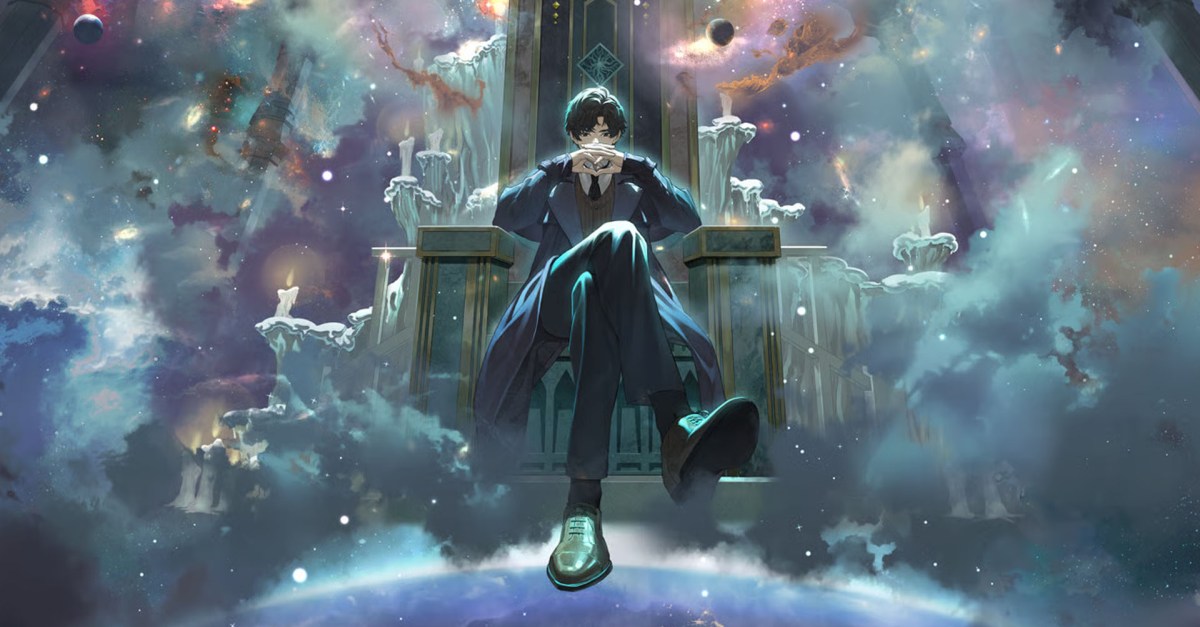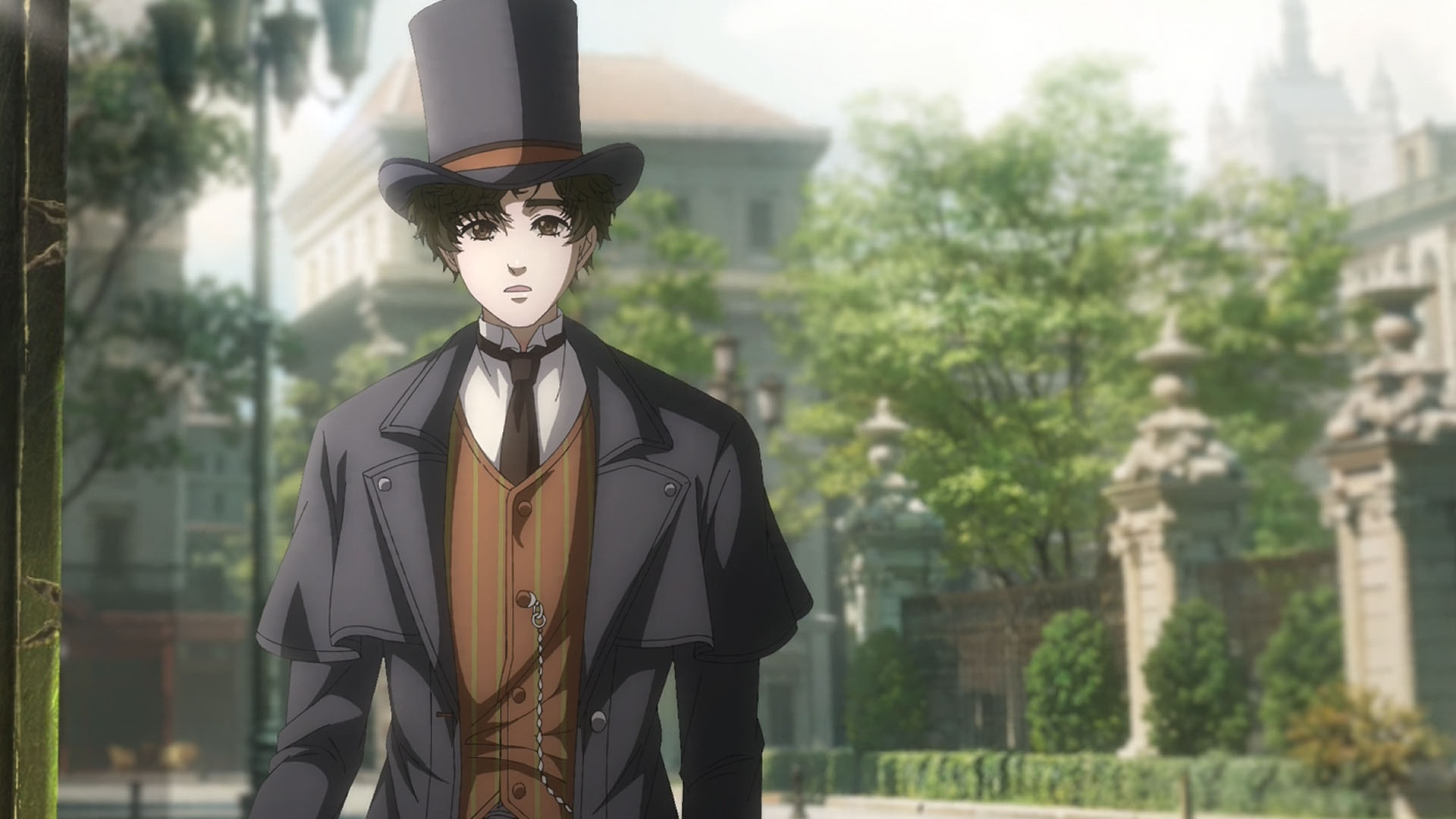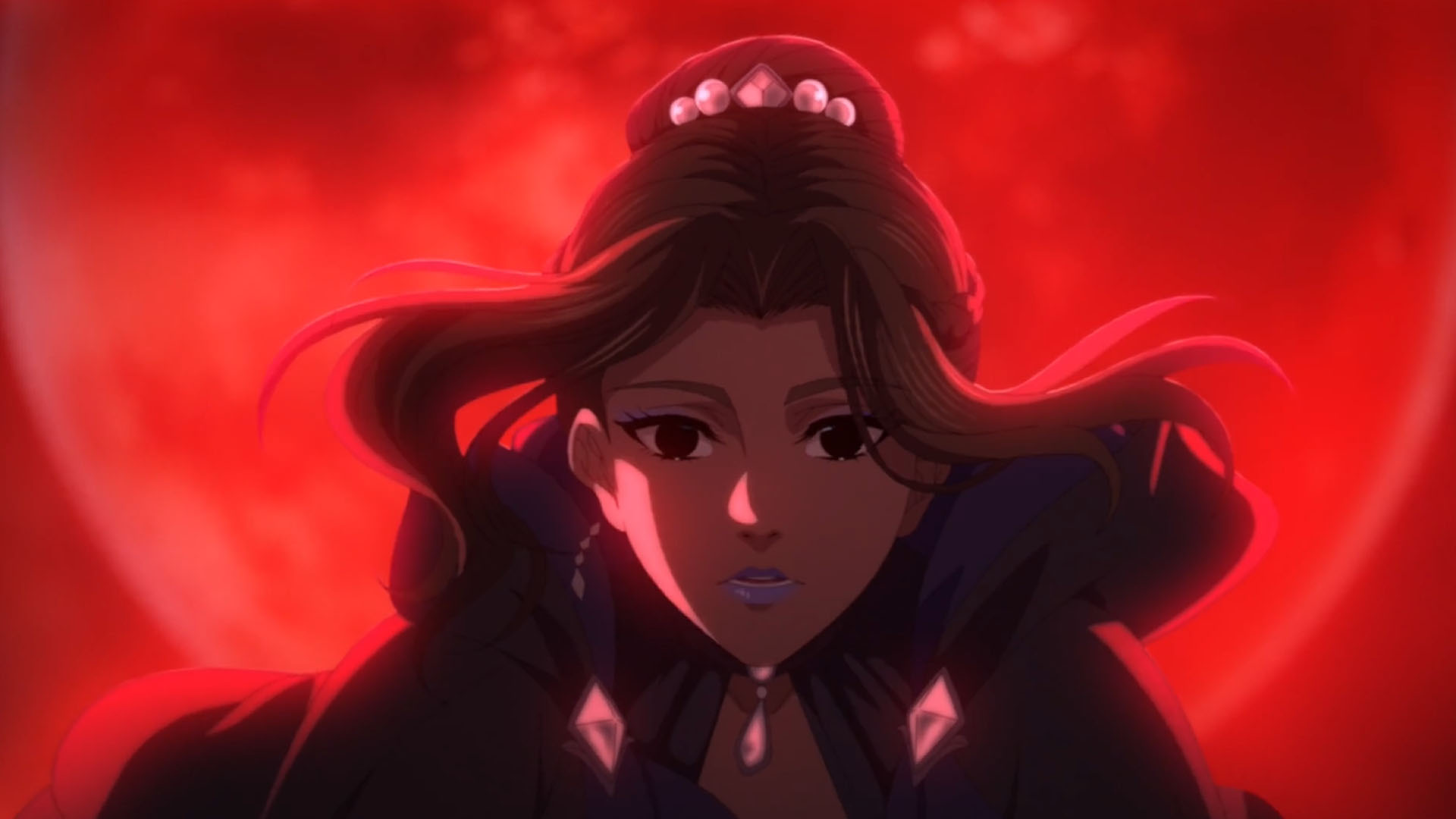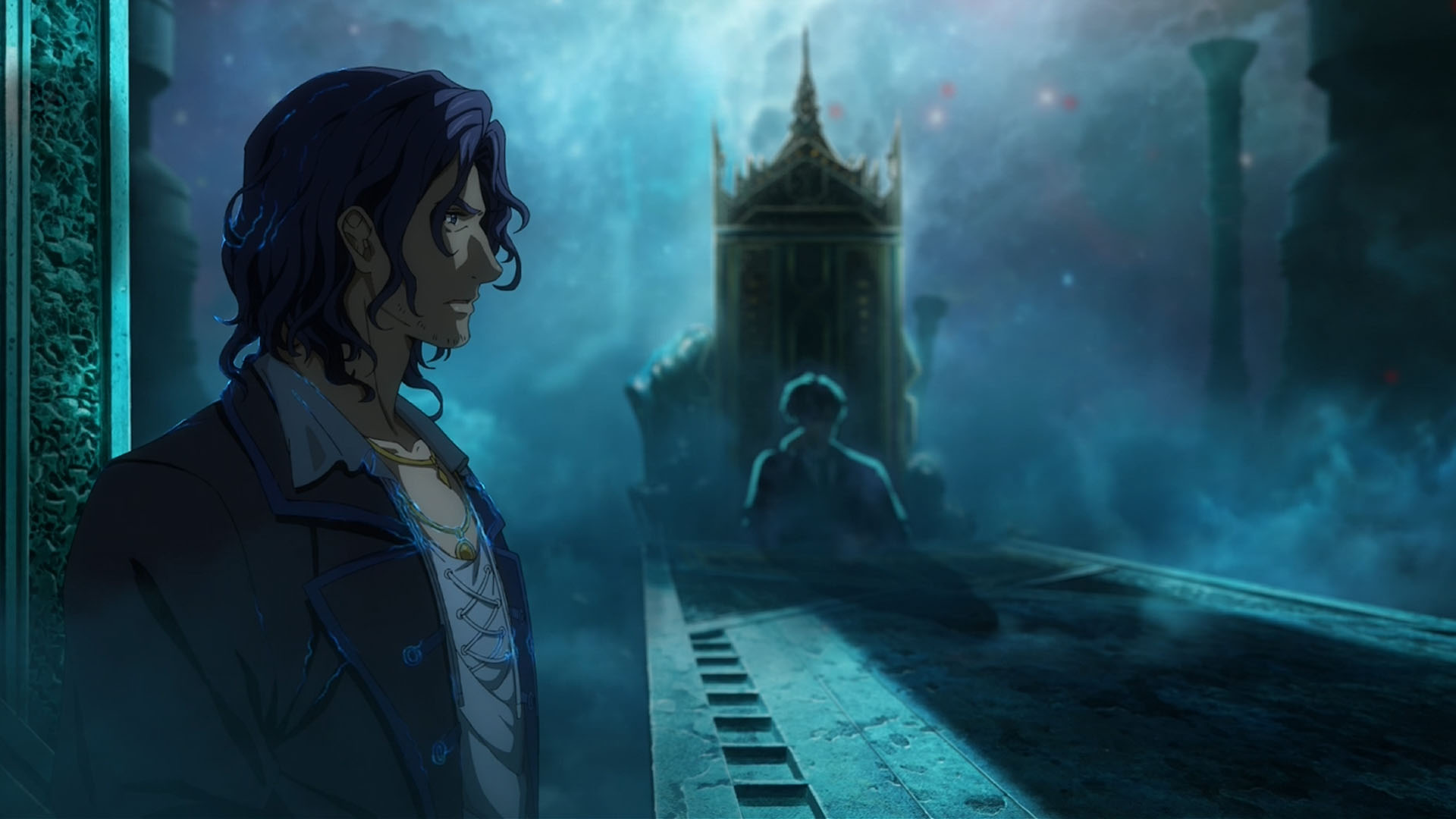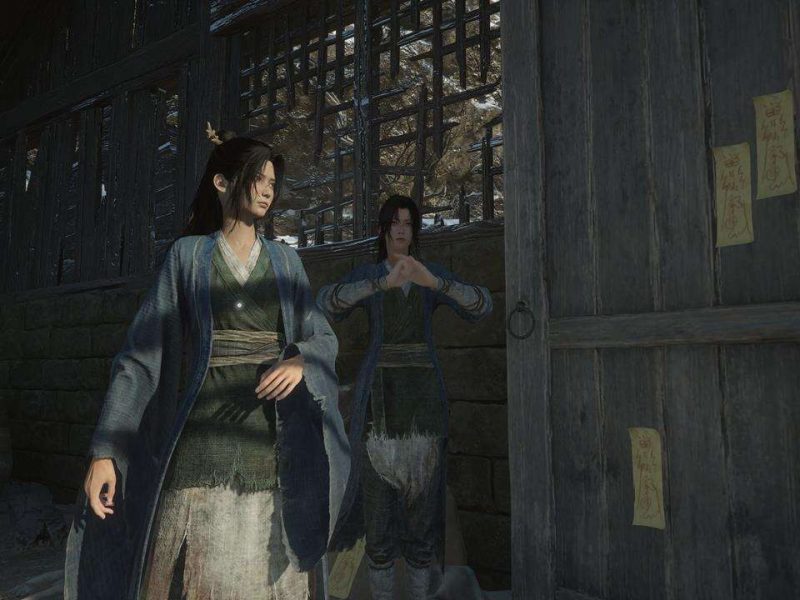Ten years after Bloodborne’s release, its fans are still exploring the game and finding new secrets, while stubbornly waiting waiting for a sequel. I also wish for more stories about old secrets and the dreams of hunters. The hopes for a possible sequel only make me more eager to get in touch with anything that could even slightly hit the same notes Bloodborne does. Instead of a new game, I found my answer in a Chinese animated series. The donghua Lord of Mysteries offers hidden dangers, fascinating magical powers, and eerie secret societies that follow mindbending gods — the perfect replacement for the never-released Bloodborne 2.
Adapted from a web novel written under the name Cuttlefish That Loves Diving, Lord of Mysteries (currently streaming on Crunchyroll) is the story of a Chinese man who wakes up in another world after performing a ritual in his room to enhance his luck. Instead of the 21st-century China he used to live in, he now inhabits the body of Klein Moretti, a citizen of Tingen City, in a Victorian-esque place where the streets are full of horse-drawn carriages and the alleys are crowded with demons. In this new world, Klein becomes a beyonder, a person with supernatural powers, and he starts working with the Nighthawks, a group responsible for battling the occult and other shady figures of Tingen’s society. B.CMAY Pictures (responsible for the Mo Dao Zu Chi donghua adaptation) handled the animation for the series, making it one of the best-looking shows airing this season.
The beyonders and their powers are at the core of Lord of Mysteries. Capable of becoming powerful enough to rival gods, beyonders acquire their magical skills by drinking special potions. What are they made of? We don’t know. The recipes are secrets kept by important families and organizations. We do know that different potions unlock specific pathways of supernatural power. Some beyonders have divination powers, while others become stronger during the night. A beyonder can unlock more abilities by drinking other potions and advancing in their pathway.
Although it seems less suspicious than Bloodborne’s Healing Church blessings, which use the blood of an alien for healing, the beyonders’ potions are still surrounded by mystery. At the same time, their powers are capable of turning them into godlike figures, abandoning their humanity — a fate similar to those who got the old blood in Bloodborne, like Vicar Amelia.
If that thread, with characters acquiring supernatural powers by drinking suspicious potions, isn’t enough of a parallel, most characters in Lord of Mysteries are connected to a god in one way or another. As explained in Old Neil’s Mysticism Class (a miniseries covering some lore from the show, available thanks to a fan translation of the original episodes released on YouTube), the countries in this world generally follow one or more divine beings with interesting names like “The Eternal Blazing Sun,” “The God of Steam and Machinery,” and “The Evernight Goddess.” But the names don’t do justice to the strangeness of their visuals.
After some weird designs from Bloodborne, I was definitely ready for when B.CMAY Pictures animated the True Creator in the show, an upside-down humanoid body coming from the sky with open arms, surrounded by golden magical circles, chains, and a single red eye in the middle of its face. It’s the kind of image that warms the hearts of Bloodborne fans.
This bizarre occult world isn’t accessible by everyone in Lord of Mysteries, though. Tingen City feels like a maze of Victorian buildings, dark alleys, and crowded streets; a maze under which the city hides its true dangers. Unlike the grim and decrepit Yharnam in Bloodborne, Lord of Mysteries’ Tingen City feels more alive, since mundane day-to-day activities still take place there. We see people on the market buying food, and birthday parties happening at the houses of rich families. But this society has another facet, one that becomes more explicit under the light of the giant red moon that appears in Tingen’s night sky. These same people ask unknown entities about their futures, worship demonic forces, and perform rituals at the end of the night in their houses, using dangerous texts.
In Lord of Mysteries, we can see a setting where esoteric arts, otherworldly beings, and everyday life coexist, bringing a bit of the feeling we find in short stories like H.P. Lovecraft’s “The Call of Cthulhu” and Arthur Machen’s “The White People,” which make us feel discomfort rather than fear. This feeling isn’t only caused by what we see in the show, but also by what it implies about the reality around the characters. As Klein learns more about beyonders and the powers at play in the world, we understand the thinness of the reality these characters think they live in.
A fascinating aspect of Bloodborne’s mythology is the centrality of abstract concepts like dreams and questioning reality, two ideas the story in Lord of Mysteries plays with as well. In the show, dreams can be created and manipulated by beyonders’ powers. Those of the Darkness Pathway can trap people inside nightmares and torment them. In Bloodborne, a dream is a manifested reality, a space within which the game takes place. (A conceit that does leave players confused.) Although in the show, we know characters are living in the “real world,” Lord of Mysteries’ narrative forces us from the first episode onward to always question whether what we’re seeing is real.
While Lord of Mysteries lacks in terms of the thrill of Bloodborne’s battles, the rest of the show more than compensates, given its eerie atmosphere and complex concepts it works around. The appeal of Lord of Mysteries’s world is more than enough to tide me over for a while, as I wait alongside the other Bloodborne fans for a sequel that may never come. This is the perfect nightmarish fantasy I’ve been looking for.
